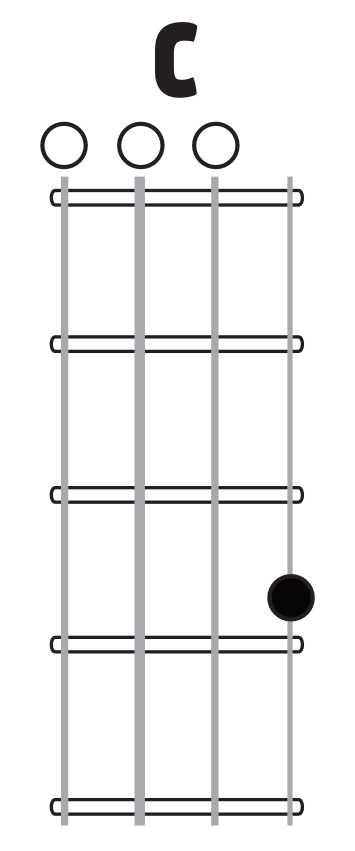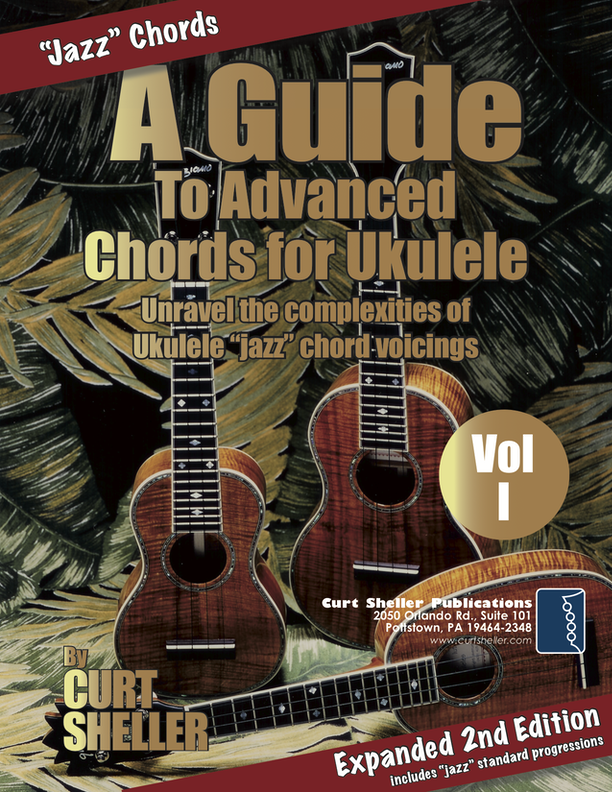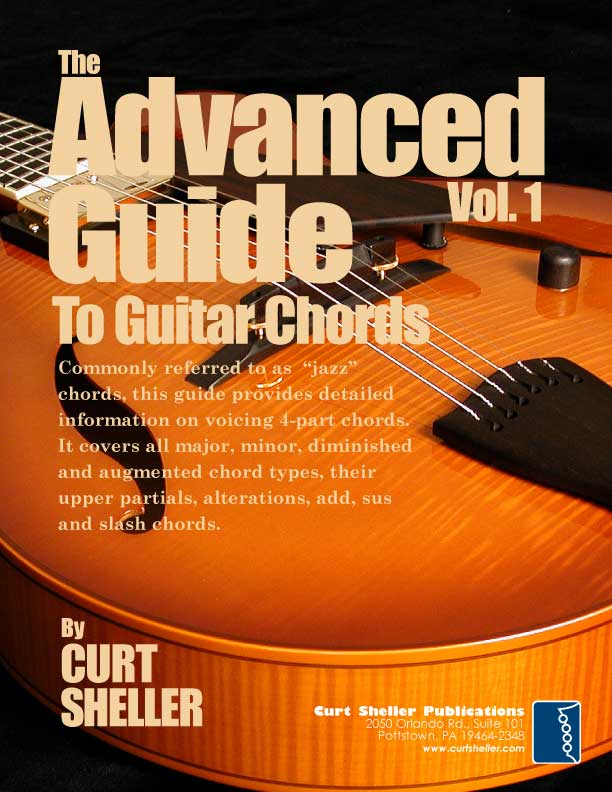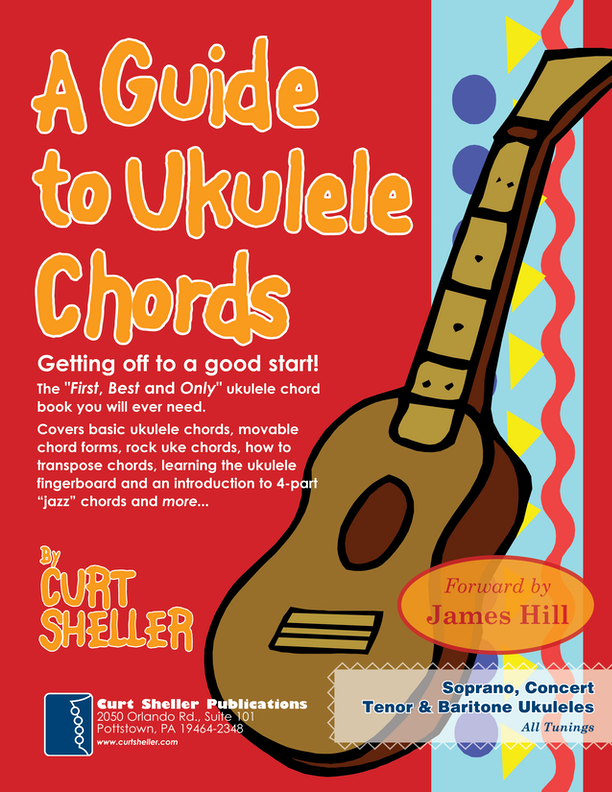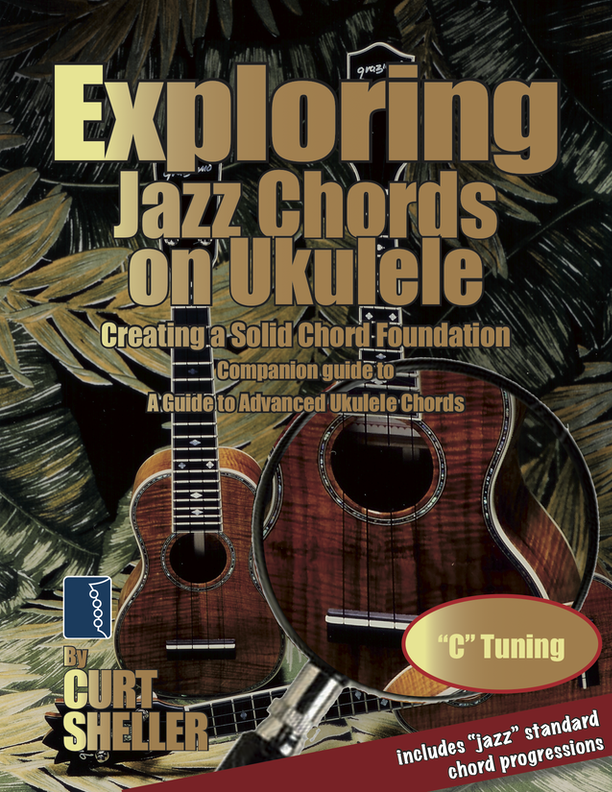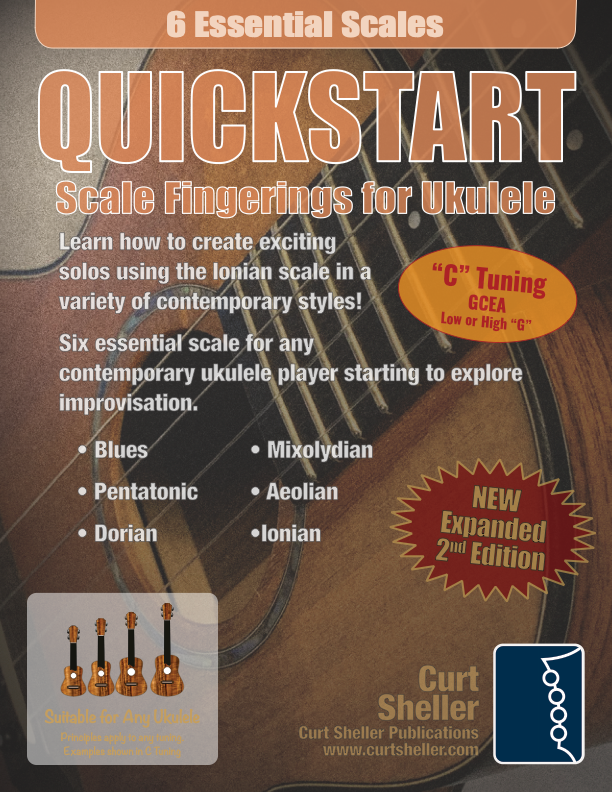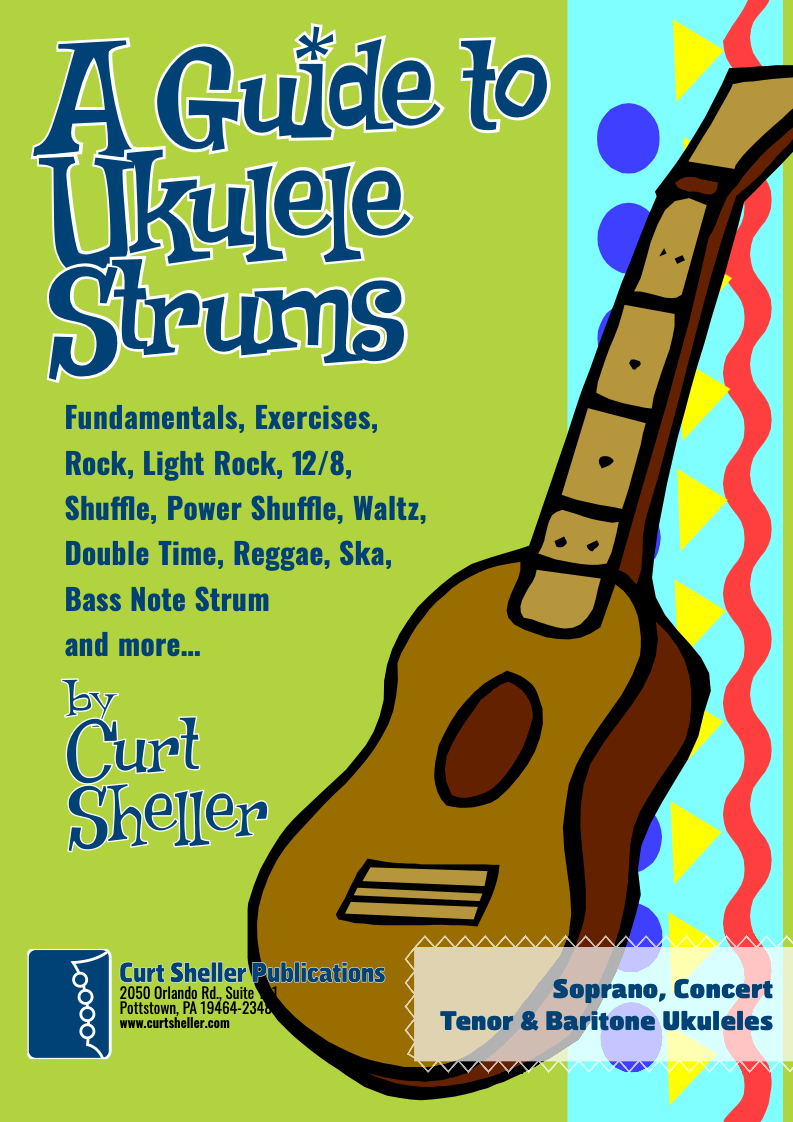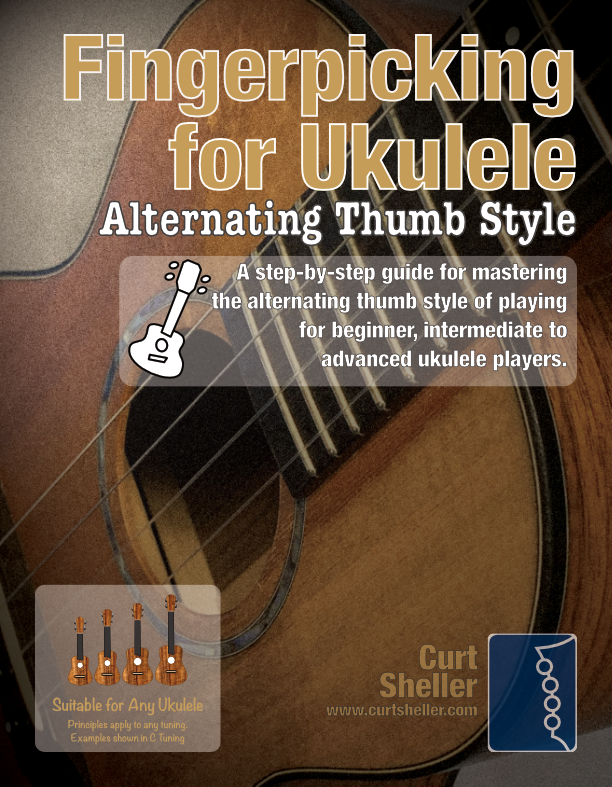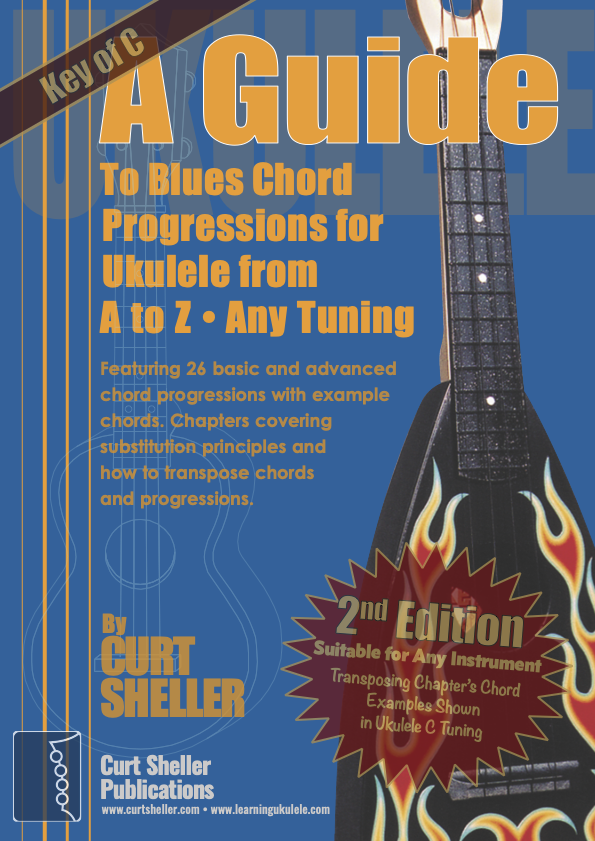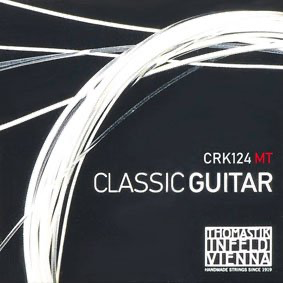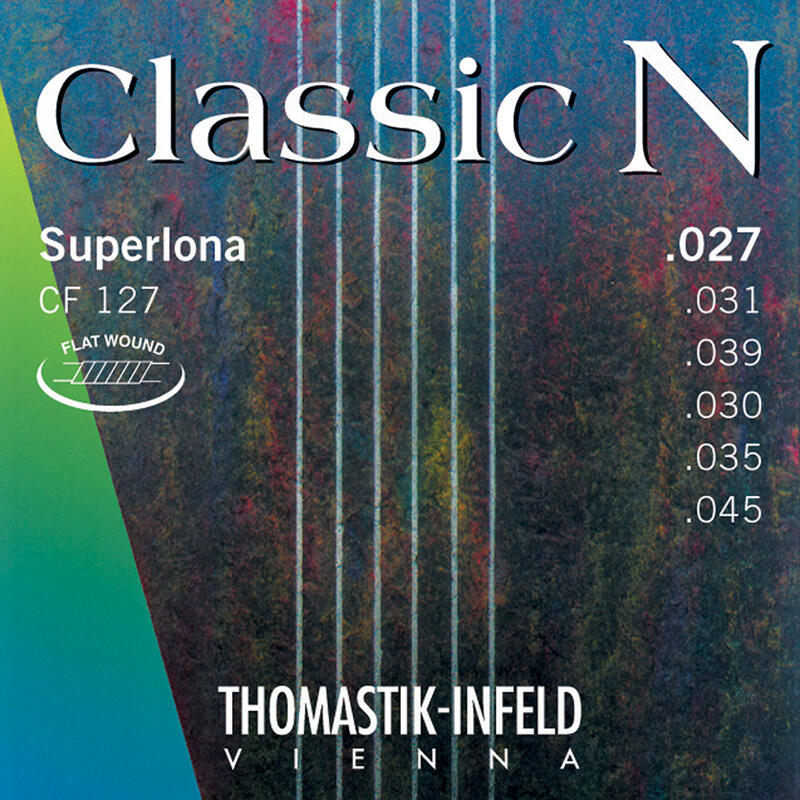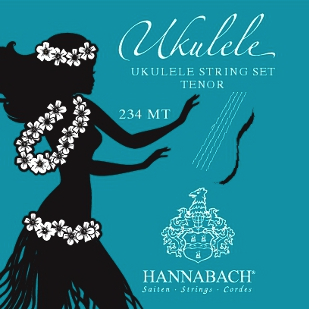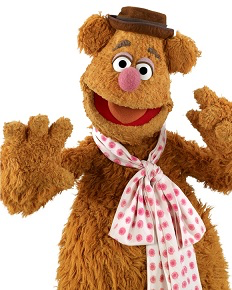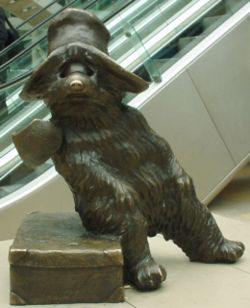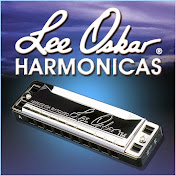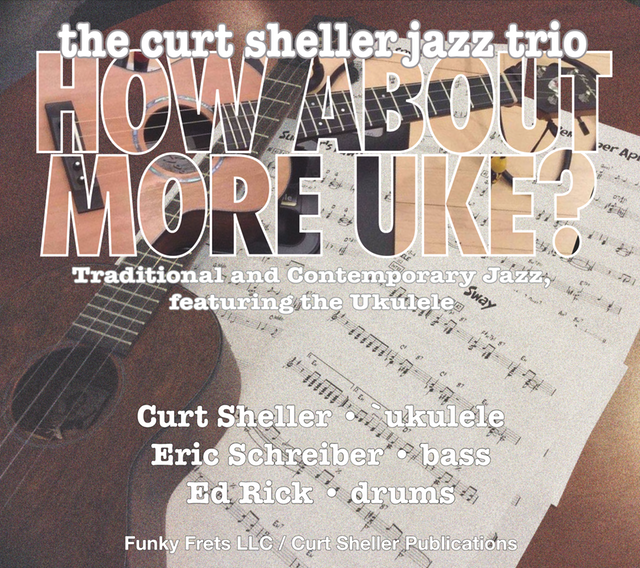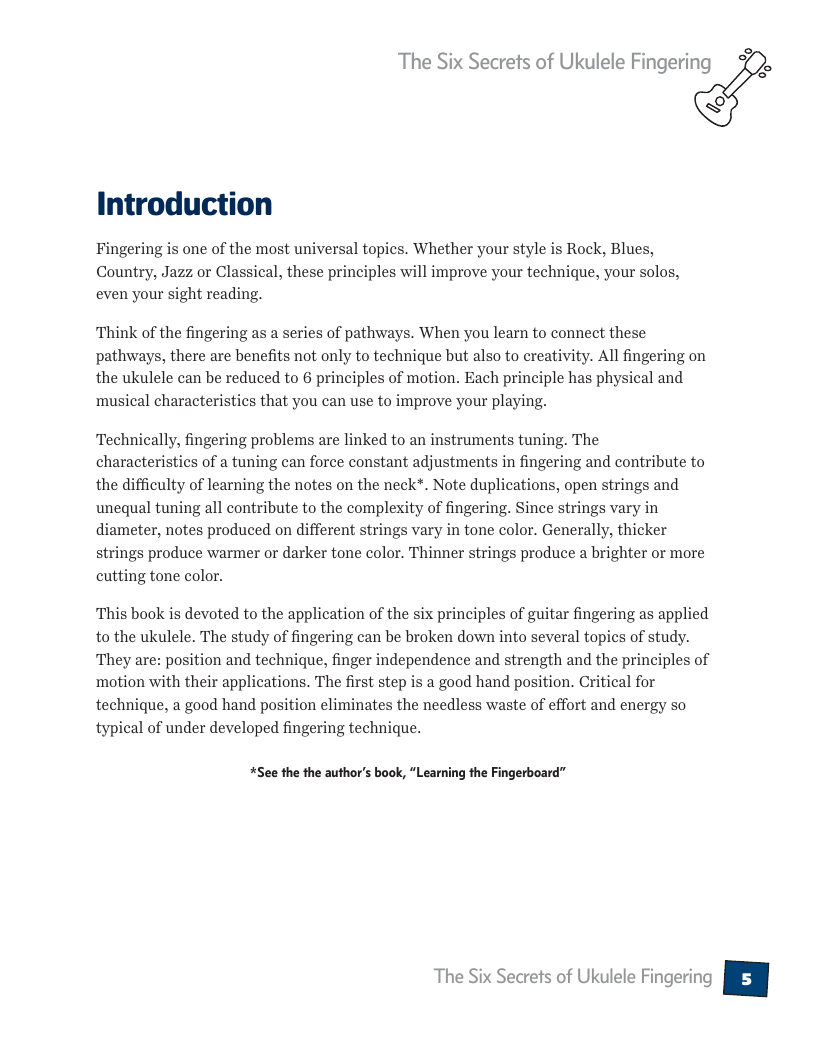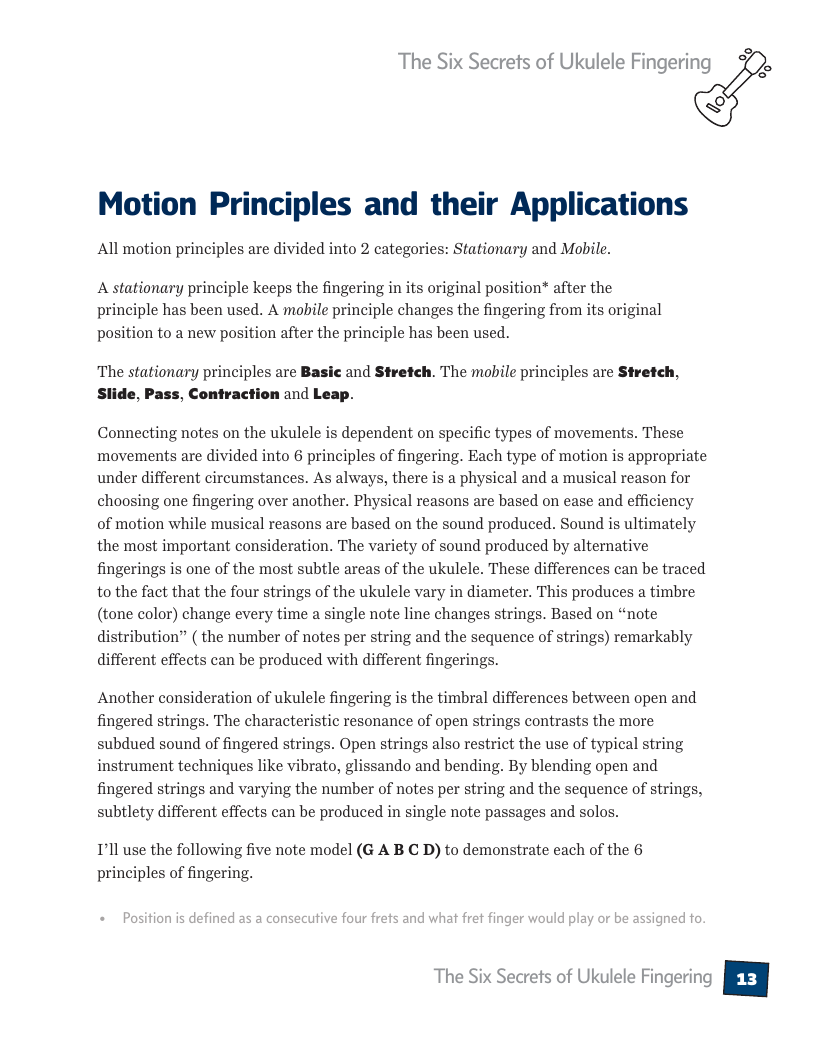Share Six Secrets of Ukulele Fingering - Motion Principles
on:
Bluesky
•
facebook
•
twitter (X)
LESSONSeries : Six Secrets of Ukulele Fingering Series
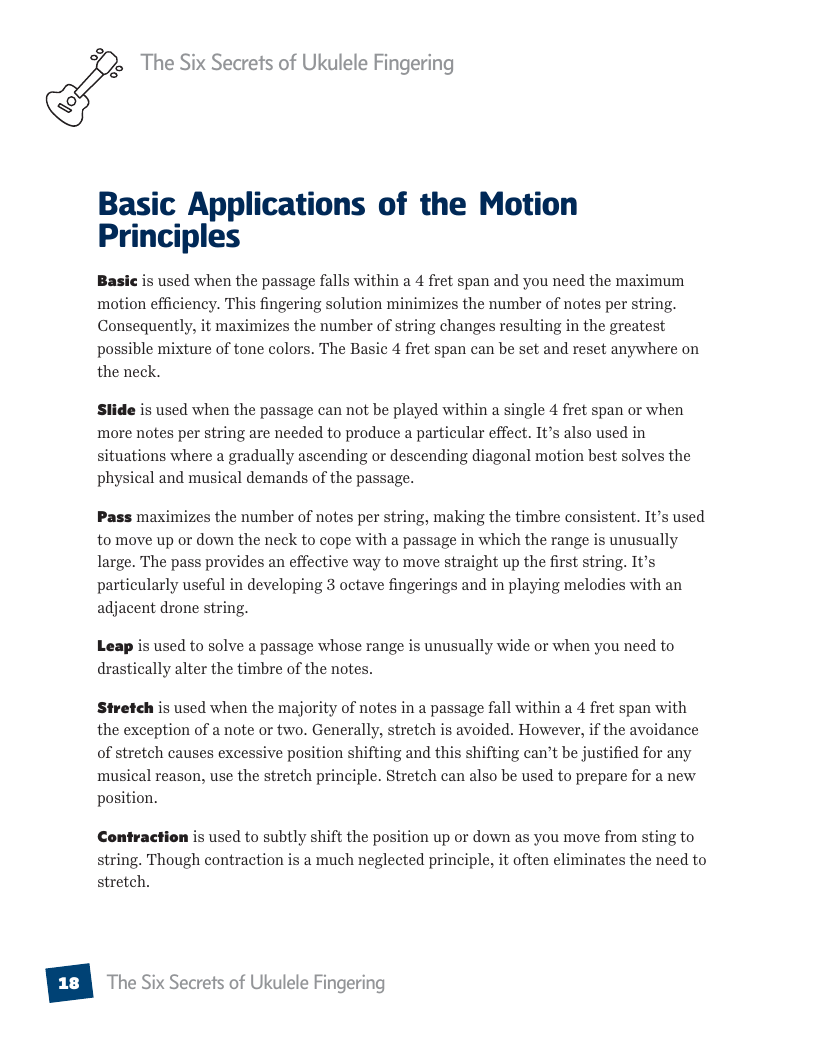



All 2 sample page(s) are viewable on-line.
If you're a registered site member, have verified your email address, and have the correct permissions you can view ALL the pages of this PDF or Samples pages at a larger size using the LearningUkulele.com Online PDF Viewer .
This Download is NOT part of your LearningUkulele.com membership level.
Sign-up for Premium Site Access or Upgrade Your Plan your current access level to download this PDF or your can purchase a copy for download.
After purchasing a PDF , a download link or PDF will be sent to you within 48hrs.
Contact LearningUkulele.com if there are any issues.
Each PDF file is a formatted, high resolution file that prints out great. You'll need a PDF Reader or application capable of viewing PDF files to view the PDF.
NOTE: Download the current PDF file for the latest, complete, and most up-to-date version. As well as additional information not presented on-line.
Members and Active Students need to sign-in to download this lesson's PDF for the complete lesson.
Six Secrets of Ukulele Fingering - Motion Principles
Basic Applications of the Six Secrets of Ukulele Fingering Motion Principles.
Additional Content
Available for Premium Site Access Plans Only
Sorry, can't give it ALL away!
This content requires a Premium / Gold Access Plan or enrolled in the Study with Curt - On-line or Private Lesson Program.
To view additional content for this page you'll need to either Sign In or Register or Upgrade to a Premium Site Access Plan.
Basic is used when the passage falls within a 4 fret span and you need the maximum motion efficiency. This fingering solution minimizes the number of notes per string. Consequently, it maximizes the number of string changes resulting in the greatest possible mixture of tone colors. The Basic 4 fret span can be set and reset anywhere on the neck.
Slide is used when the passage can not be played within a single 4 fret span or when more notes per string are needed to produce a particular effect. It’s also used in situations where a gradually ascending or descending diagonal motion best solves the physical and musical demands of the passage.
Pass maximizes the number of notes per string, making the timbre consistent. It’s used to move up or down the neck to cope with a passage in which the range is unusually large. The pass provides an effective way to move straight up the first string. It’s particularly useful in developing 3 octave fingerings and in playing melodies with an adjacent drone string.
Contraction is used to subtly shift the position up or down as you move from sting to string. Though contraction is a much neglected principle, it often eliminates the need to stretch.
Stretch is used when the majority of notes in a passage fall within a 4 fret span with the exception of a note or two. Generally, stretch is avoided. However, if the avoidance of stretch causes excessive position shifting and this shifting can’t be justified for any musical reason, use the stretch principle. Stretch can also be used to prepare for a new position.
Leap is used to solve a passage whose range is unusually wide or when you need to drastically alter the timbre of the notes.
Basic Applications of the Six Secrets of Ukulele Fingering Motion Principles.
Additional Content
Available for Premium Site Access Plans Only
Sorry, can't give it ALL away!
This content requires a Premium / Gold Access Plan or enrolled in the Study with Curt - On-line or Private Lesson Program.
To view additional content for this page you'll need to either Sign In or Register or Upgrade to a Premium Site Access Plan.
Basic is used when the passage falls within a 4 fret span and you need the maximum motion efficiency. This fingering solution minimizes the number of notes per string. Consequently, it maximizes the number of string changes resulting in the greatest possible mixture of tone colors. The Basic 4 fret span can be set and reset anywhere on the neck.
Slide is used when the passage can not be played within a single 4 fret span or when more notes per string are needed to produce a particular effect. It’s also used in situations where a gradually ascending or descending diagonal motion best solves the physical and musical demands of the passage.
Pass maximizes the number of notes per string, making the timbre consistent. It’s used to move up or down the neck to cope with a passage in which the range is unusually large. The pass provides an effective way to move straight up the first string. It’s particularly useful in developing 3 octave fingerings and in playing melodies with an adjacent drone string.
Contraction is used to subtly shift the position up or down as you move from sting to string. Though contraction is a much neglected principle, it often eliminates the need to stretch.
Stretch is used when the majority of notes in a passage fall within a 4 fret span with the exception of a note or two. Generally, stretch is avoided. However, if the avoidance of stretch causes excessive position shifting and this shifting can’t be justified for any musical reason, use the stretch principle. Stretch can also be used to prepare for a new position.
Leap is used to solve a passage whose range is unusually wide or when you need to drastically alter the timbre of the notes.
Sign-IN — it's FREE — to view, un-blur any additional content for this lesson.
Six Secrets of Ukulele Fingering - Motion Principles…
Stretch is used when the majority of notes in a passage fall within a 4 fret span with the exception of a note or two. Generally, stretch is avoided. However, if the avoidance of stretch causes excessive position shifting and this shifting can’t be justified for any musical reason, use the stretch principle. Stretch can also be used to prepare for a new position.
Leap is used to solve a passage whose range is unusually wide or when you need to drastically alter the timbre of the notes.
Download the PDF file for the latest, complete, and most up-to-date version. As well as additional information not presented on-line.
End of Lesson - Thanks, Hope You Enjoyed It!
Related Lessons, Videos, Lesson Series, Songs, Books & Reference Charts, Resources & Assets, Workshops are below.
Related Lessons
Related Lessons for Six Secrets of Ukulele Fingering - Motion Principles
.
Related Lesson Series
Related Lessons Series for Six Secrets of Ukulele Fingering - Motion Principles
.
Related Songs
Related Songs for Six Secrets of Ukulele Fingering - Motion Principles
.
Related Books & Charts
Related Books for Six Secrets of Ukulele Fingering - Motion Principles
.

Six Secrets of Ukulele Fingering
Updated: 04 Dec 2024
Learn the six fingering principles to navigating the ukulele fingerboard. Fingering is one of the most universal topics. Whether your style is Rock, Blues, Country, Jazz or Classical, these principles will improve your technique, your solos, even your sight reading. Think of fingering as a series of pathways. When you learn to connect these pathways, there are benefits not only to technique but also to creativity.
A Selection of Books & Reference Charts that are recommended for creating a solid foundation with your chosen instrument and music in general.
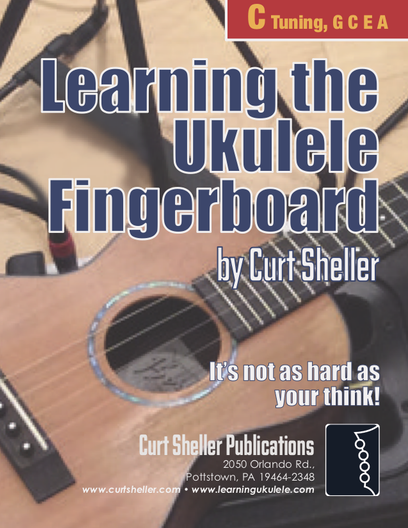


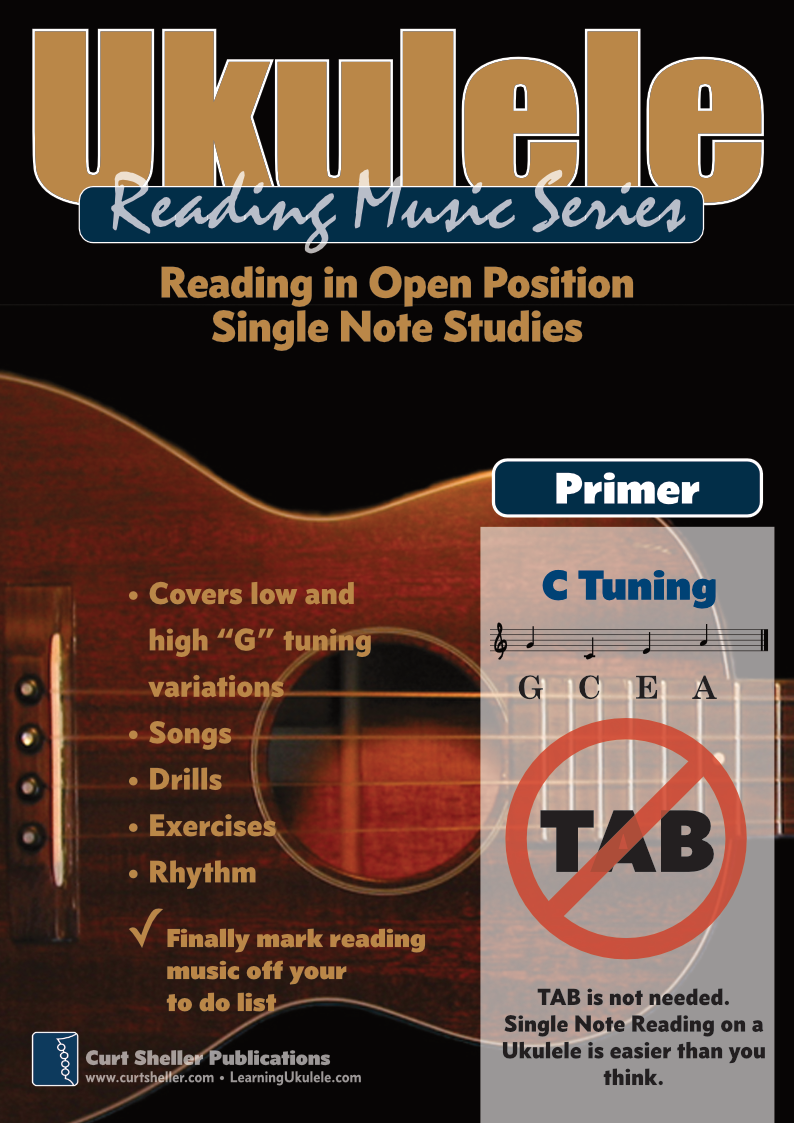
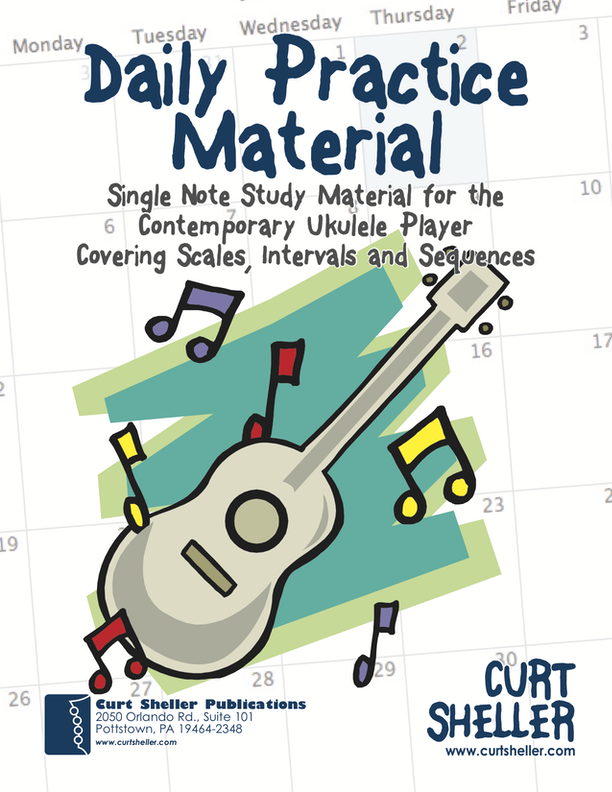
Checkout the Books for additional Handy, Dandy Reference Charts.
Reference Charts
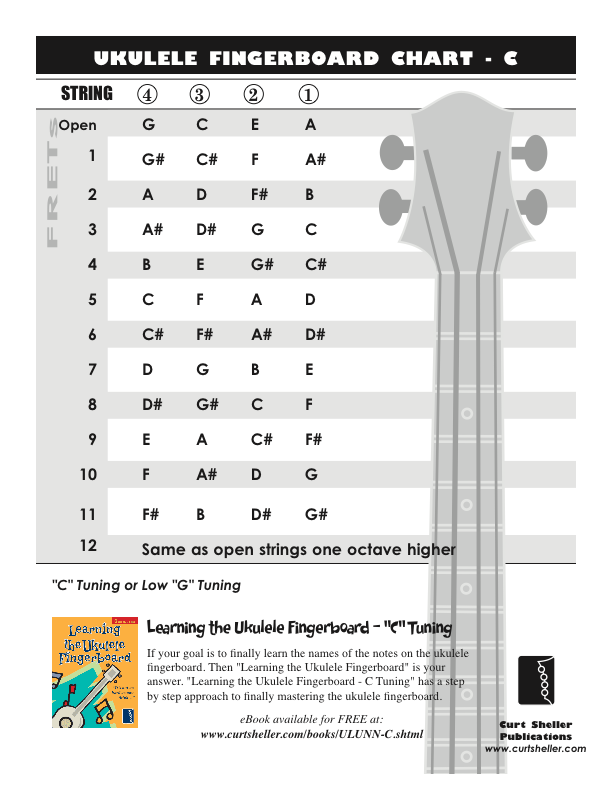
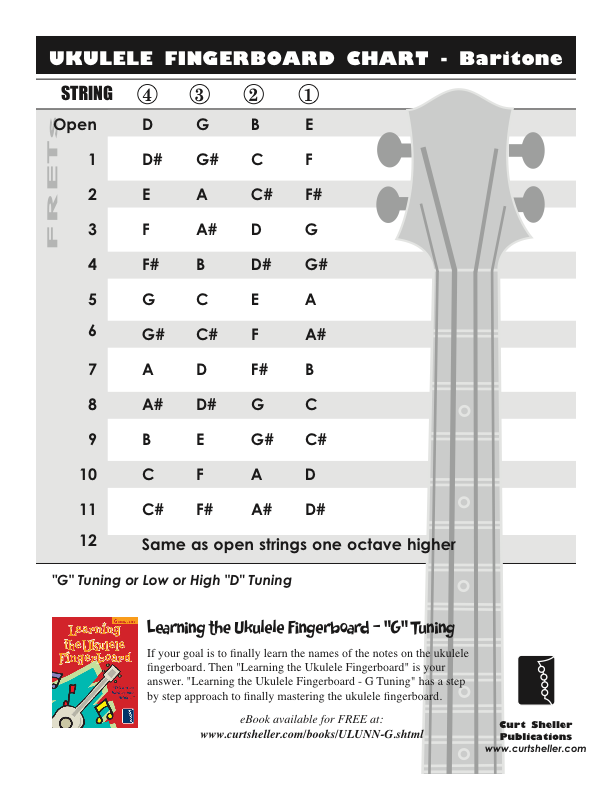

Key Signatures — Circle of Fourths and Fifths – ANSI A & A4 sizes
A handy reference chart of all 15 major and relative minor key signatures. US Letter 8.5 x 11 sized (ANSI-A), A4
Checkout the Books for additional Handy, Dandy Reference Charts.
